Hyundai XCIENT Fuel Cell Trucks Are Delivering Cargo in the Oakland Bay Area
As businesses seek ways to dramatically eliminate carbon emissions within their supply chain ecosystems, Hyundai Glovis is continuously innovating logistics solutions to assist. Starting in June 2023, our newly launched hydrogen-powered trucks will be providing drayage services.

Zero-Emission Drayage Services
Hyundai Glovis’ H2 (Hydrogen) Ocean Container Drayage Service contributes to the solution of True Zero Emissions. Glovis will provide Hydrogen Truck Drayage Services within 250 miles from the Major ports. Through the NorCAL ZERO Project, Glovis will deploy 30 Class 8 Hyundai XCIENT fuel cell electric trucks, representing the largest single deployment of its kind in North America. Hyundai Glovis America will be the primary fleet operator of these vehicles.
For more information, please contact oak_drayage@glovisusa.com.

MOVING POWER PLANT WITH ZERO EMISSION
Power is generated by combining H2 and O2, creating electricity, and emitting only water vapor, all while purifying the air that is used to create power.
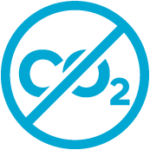
EVEN BIG CHANGES START SMALL
A diesel-powered truck emits approximately
70 tons of CO2 annually. In the U.S.A., there are
approximately 70 million trucks on the road.
That’s nearly 5 billion tons of CO2 emitted
annually. One day, that could all be zero,
but it has to start somewhere.
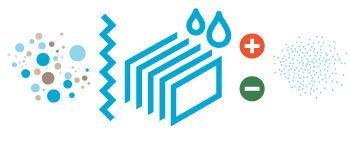
CLEANER AIR
FCEVs obtain their electricity through an electrochemical
reaction of H2 and O2 drawn from ambient air. Because
the purity of the air is critical to fuel cell efficiency, all of
the impurities in the ambient air must be scrubbed away
with the help of a high-performance air filter. As such,
the XCIENT Fuel Cell, in turn, emits only pure water.
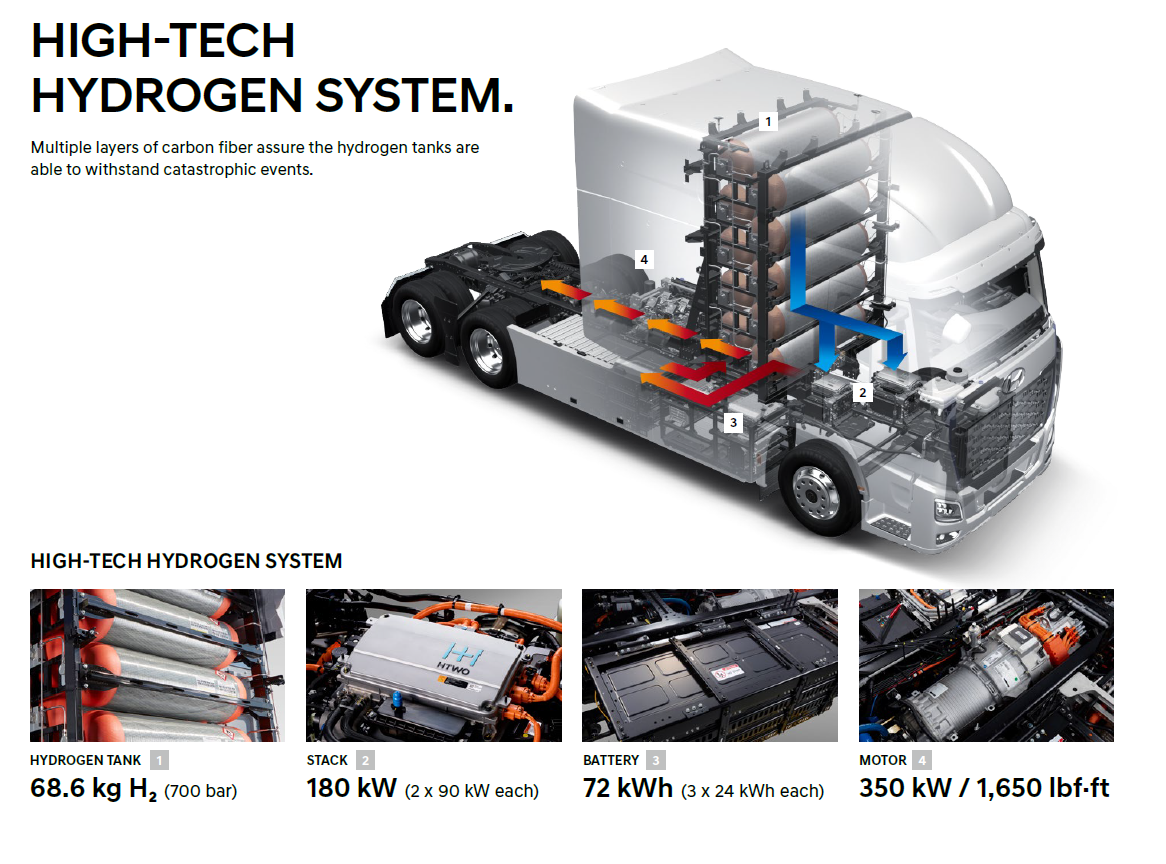
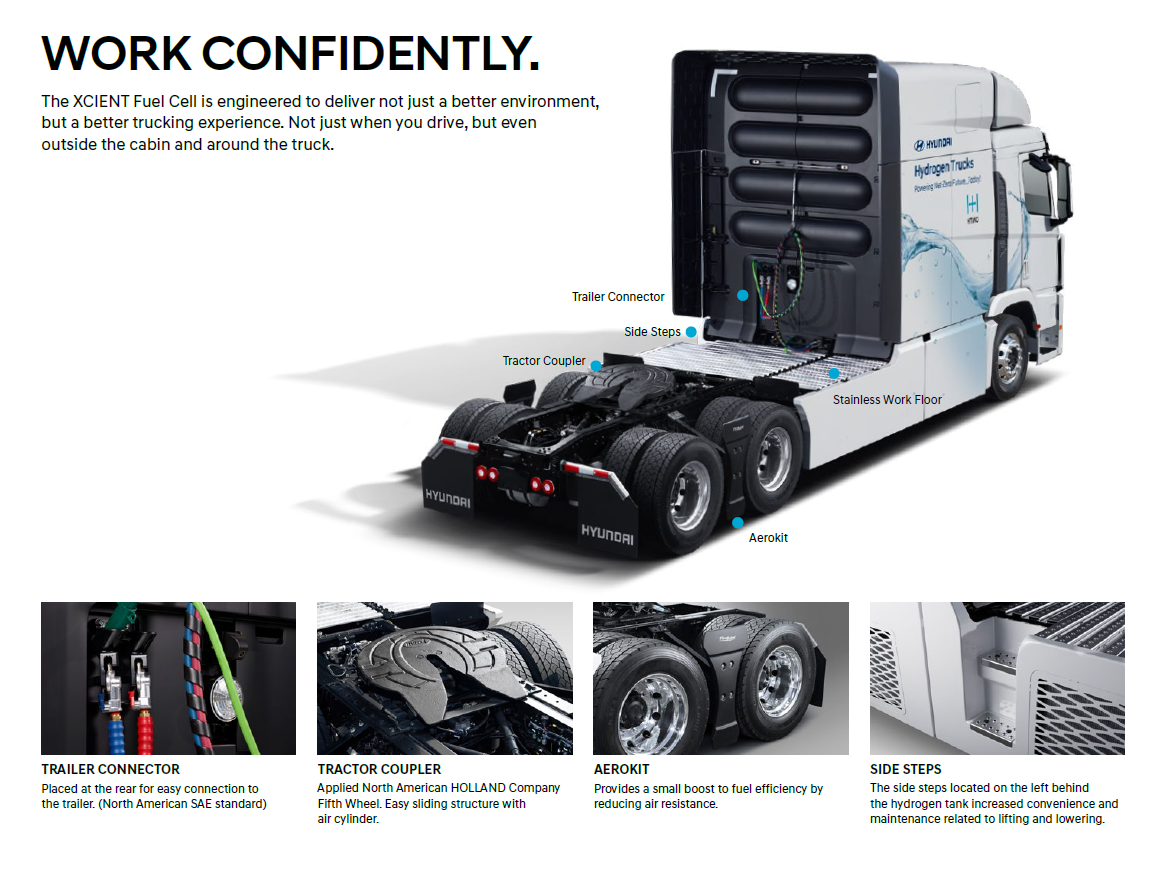

IS HYDROGEN SAFE?
Hydrogen is the lightest element, existing as a non-toxic gas at standard condition. Hence it is stored in high pressure tanks. So, in a rare case of damage or fire, the hydrogen fuel dissipates very quickly into the air, whilst the petrol tank sustaining the same damage will leak its liquid content, and burn for a much longer if ignited.
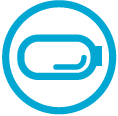
ARE FUEL CELL STACK SYSTEMS SAFE?
Fuel cell stacks don’t burn any fuel, but rather generates electricity from a chemical reaction. Hydrogen tanks are made from carbon fiber, to resist heavy pressure of hydrogen fuel. It has undergone comprehensive safety testing including ballistic penetration, exposure to open flame, repeated exposure to extreme temperatures and resistance to permeability.
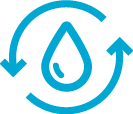
ISN’T IT DIRTY / EXPENSIVE TO CREATE HYDROGEN?
Hydrogen fuel can be produced by many different methods. The environmental impact and production efficiency of it is dependent on how it is produced. Depending on the methods of producing it, hydrogen can be categorized as gray, blue or green with green being the produce from 100% carbon neutral manner. Several projects are underway to decrease costs and the negative impact to the environment associated with hydrogen production.

HYDROGEN FUEL COST
Compared to diesel, H2 has an energy density (and thus efficiency), that is many times higher per pound. With regard to cost at fill-up, a joint approach of both government and private sectors are supporting this new industry, where hydrogen has the potential to become increasingly affordable in future.
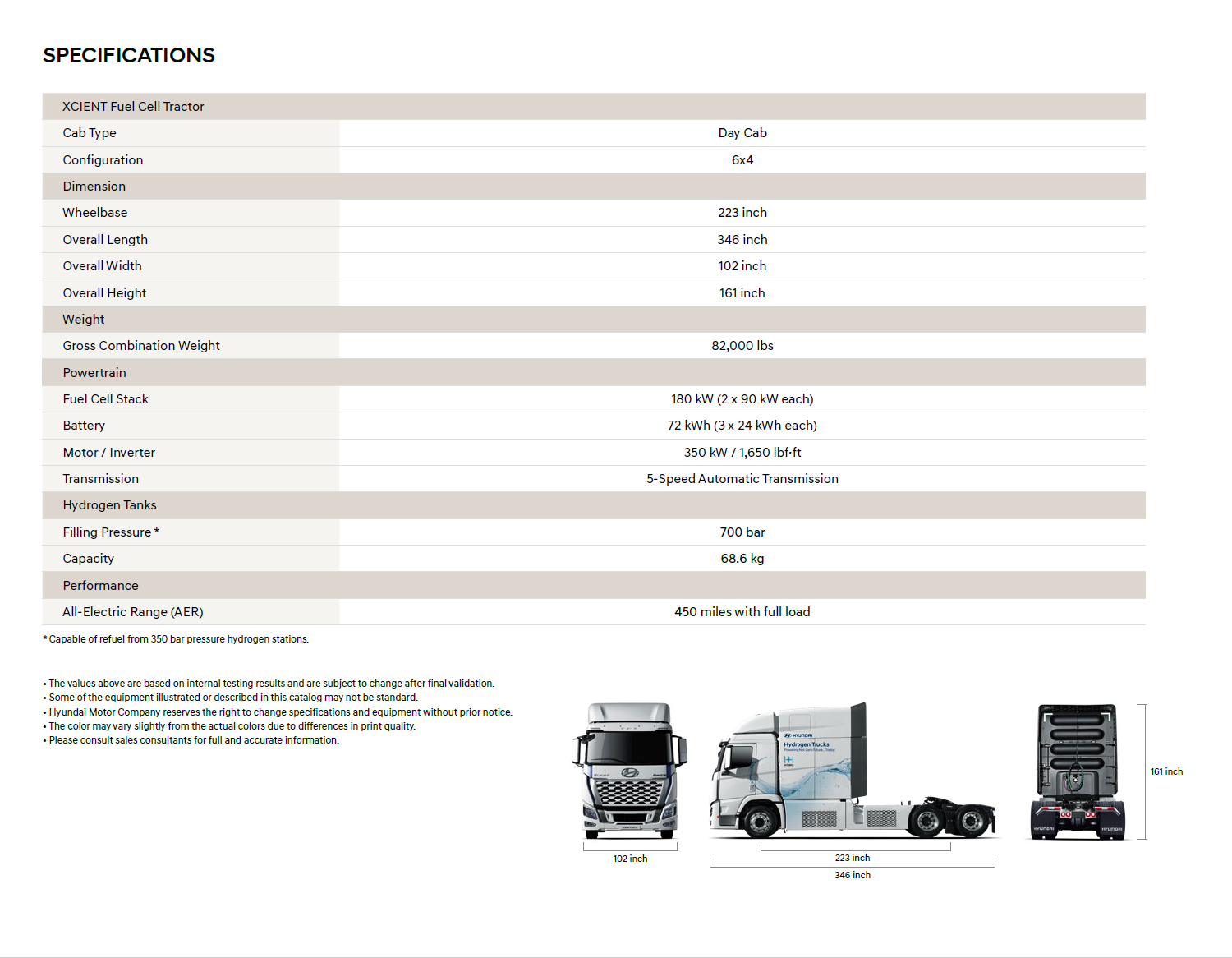

NorCal Zero Project funding by the following entities:
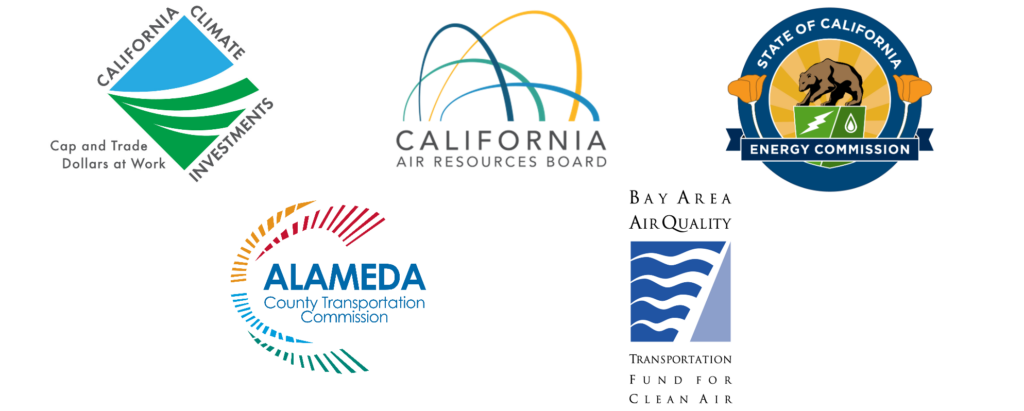
About the CEC’s Clean Transportation Program
This project is funded in part by the California Energy Commission’s Clean Transportation Program, which invests up to $100 million
annually to support California communities, increase access to zero-emission vehicle infrastructure, support innovation
and accelerate the deployment of advanced transportation and fuel technologies.
About California Climate Investments
NorCAL ZERO is part of California Climate Investments, a statewide initiative that puts billions of Cap-and-Trade dollars to work reducing greenhouse gas emissions, strengthening the economy, and improving public health and the environment — particularly in disadvantaged communities.




